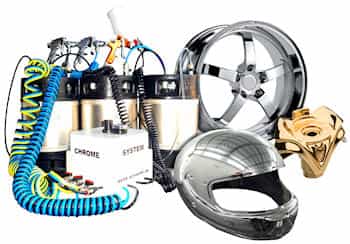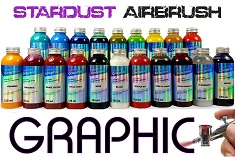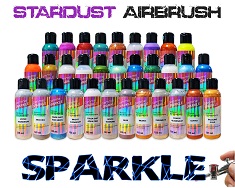All Products are in stock
and shipped from France.
Delivery within 48 hours.
and shipped from France.
Delivery within 48 hours.
Our categories
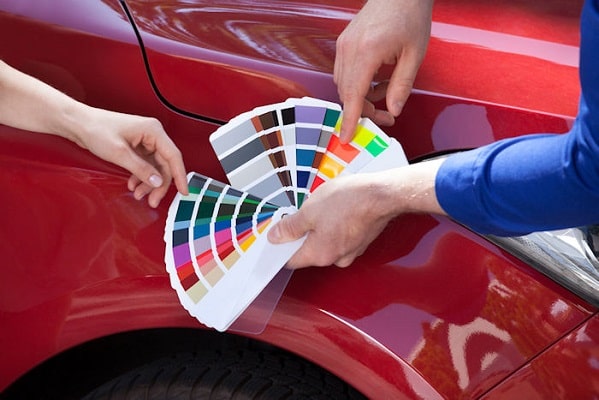 Pigments in paste form
Pigments in paste form
Here are the main and essential ingredients of paints that go into the composition of pigments for car paint, motorcycle paint and bike paint : without them, our paints would be colorless, these are pigment pastes.
Well known to paint manufacturers and preparers, and even by body painters, who make their own mixture and their own color according to formulas, pigment pastes are products used to color paints. It comes in the form of pasty or viscous liquids, made up of at least 40 to 70% powdered pigments (this is the pigment content). Pigment pastes are an irreplaceable ingredient in paints because it is impossible to use powdered pigments directly to make paints and colors.
These dispersed powdered chilli preparations represent the ready-to-use form of pigments. It is used as an additive that is added to color and give color to paints with proportions of 10 to 20% in general. They are sort of concentrated hues. Their production is mainly carried out in 2 stages which are dispersion and grinding (see below).
Pigment pastes for motorcycle, bike and car paint
A paste is always composed of a single pigment. It is a mono-pigment preparation made with a pure pigment, for which there is a particular reference, which is called the color index : for example red pigment 112 (PR112). When he has a formula, the paint preparer will be able to compose the color with the different pure concentrated shades. By mixing them with each other according to a very precise formula in a binder. The different types of pigment pastes : There are some for all areas of painting and even for the most unexpected areas: they are used in the fields of architecture, building facades, automobiles, industry, cosmetics...
There are water-based or solvent-based pasta, others are intended for outdoor use or only for indoor use. Pigment pastes are relatively expensive products, and this is logical given their concentration of pigments. Their price depends more on the type of pigments than on the percentage of the pigment rate. There are pigments that cost 6 euros per kilo, such as yellow or oxide red, or even carbon black (because these are elements abundant on earth in soil and rocks) while other pigments can reach several tens or hundreds of euros per kilo, such as certain rare or difficult to synthesize blues or reds.
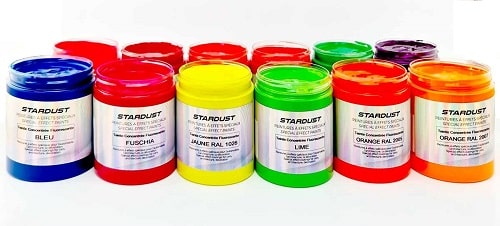 Industrial production of pigment pastes
Industrial production of pigment pastes
The pigment pastes are the result of a very rigorous process and technique on which the quality and accuracy of the final color depends. The product must have a perfect texture, thickness and homogeneity, in order to guarantee that for the same recipe, we will always have the same result of exact colors.
For the painter, when it comes to automotive paint, precision is extreme and the slightest difference in color can cause problems and disputes. Production is always done in large quantities, that is to say 100, 500 or 1000 kg minimum. After the laboratory test phases, tests are carried out with 100 g, then 5 kg, then we move on to production, which is always done with the same quantities to avoid having differences.
Disperse and grind pigments to make liquid pigment pastes
First, we will disperse the powdered pigments to mix them with a liquid that will "wet" them, coat each grain of pigment and separate them, using serrated propellers rotating at 4000 revolutions per minute. After this mixing at high speed for several tens of minutes, then comes the milling stage which is done with a mill, microbeads and the purpose of which is to refine the pigments. The result of these processes is a pigment paste whose constituents (pigments) are perfectly homogenized, refined and kept both separated and in suspension without ever settling.
Candy ink for car paint
Aluminum pigment for car paint
Mother-of-pearl pigment for car paint











































